When traveling, packing can be a daunting task, especially when it comes to hold luggage. For those unfamiliar with the term, hold luggage refers to the baggage checked in at the airport and stored in the aircraft’s hold during the flight.
The larger suitcase or backpack contains most of your belongings instead of your carry-on. Mastering hold luggage packing is essential for a stress-free travel experience. Knowing what and how to pack can make your journey more comfortable and efficient.
We will discuss What is hold luggage and explore everything you need to know about hold luggage packing. From understanding airline regulations and weight restrictions to choosing the right suitcase and packing techniques. This guide will provide you with the knowledge.
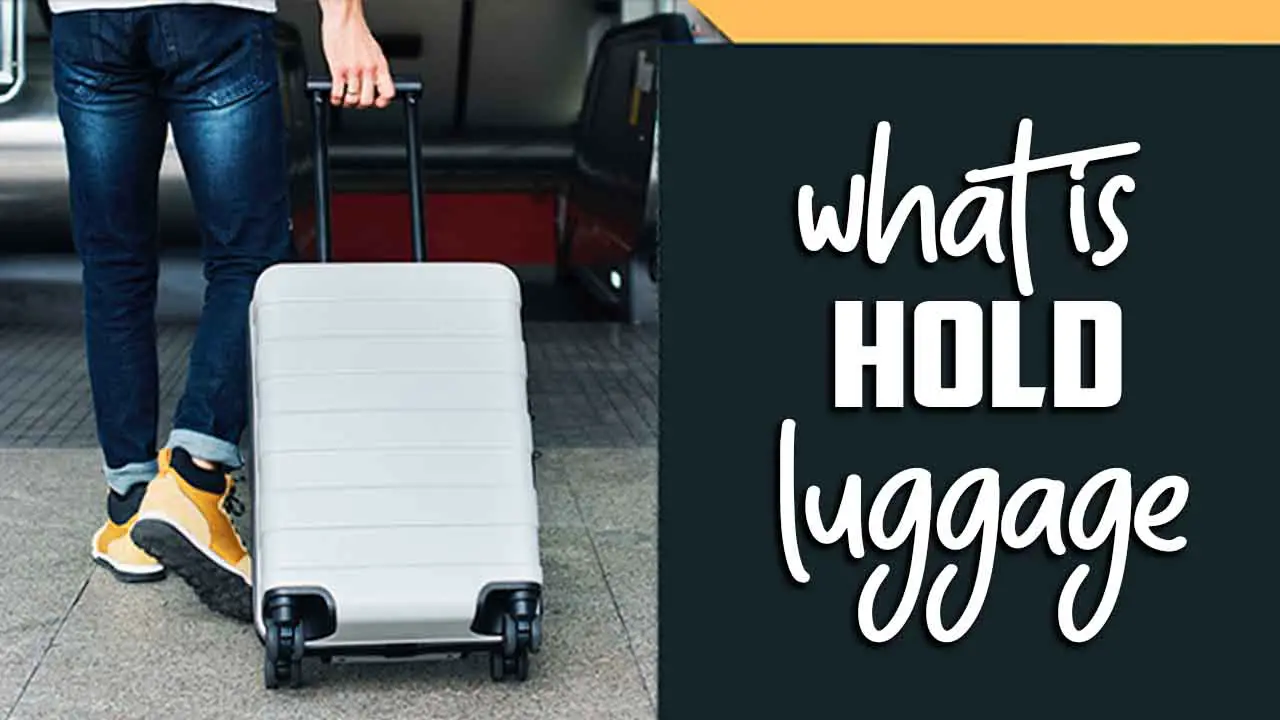
Definition Of What Is Hold Luggage: Packing Tips For Traveller
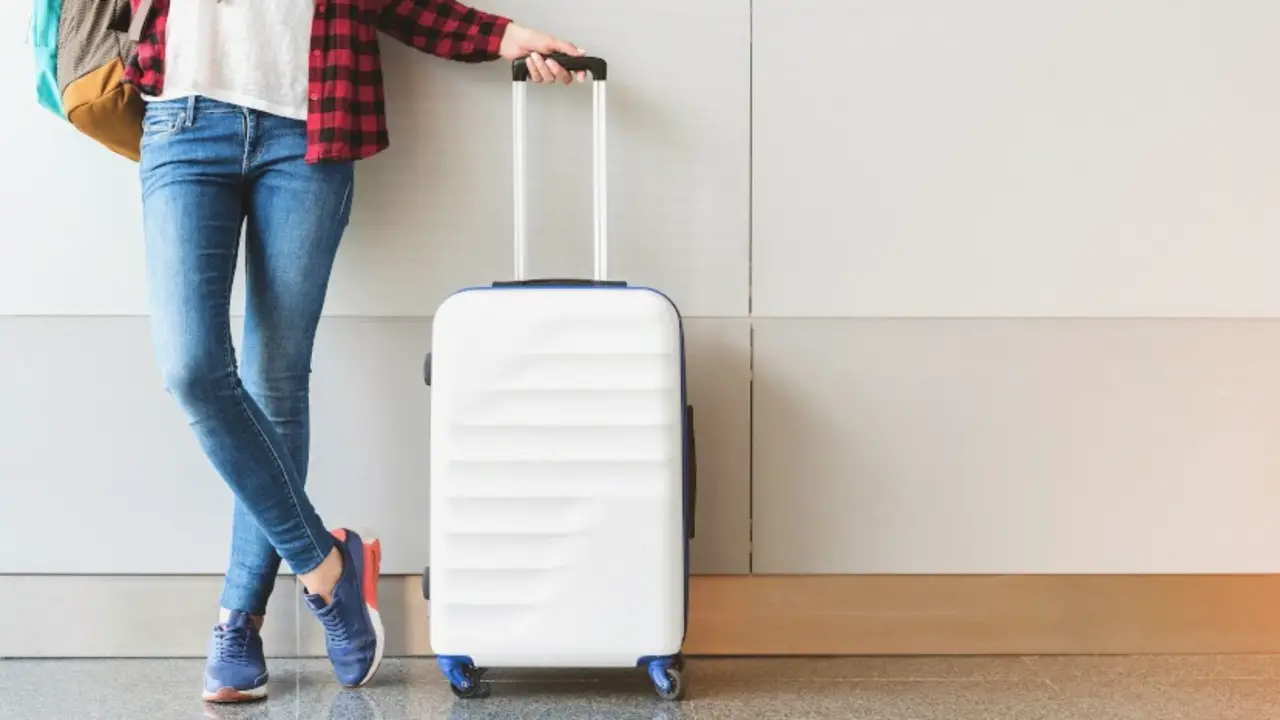
When traveling, it is important to know what is hold luggage. Hold luggage refers to the checked baggage stored in the airplane’s cargo hold during a flight. Knowing the rules and restrictions regarding holding luggage can save travelers time, money, and stress. Many airlines have varying weight and size limits for holding luggage; exceeding these limits can result in additional fees or even the need to repack or discard items.
The authorities prohibit certain items, such as flammable materials, explosives, and firearms, from being in hold luggage. Knowing what is in your hold luggage can also help prevent lost or stolen items. As travelers are typically responsible for their own belongings. Knowledge of holding luggage can make the travel experience smoother and less stressful.
However, excess baggage fees may apply if the weight or number of bags exceeds the allowed limit. Passengers typically label hold luggage with a luggage tag containing important information such as their name, flight number, destination, and contact details. Packaging your hold luggage carefully and securely is important to prevent damage or loss during transit.
Differences Between Hold Luggage And Cabin Luggage
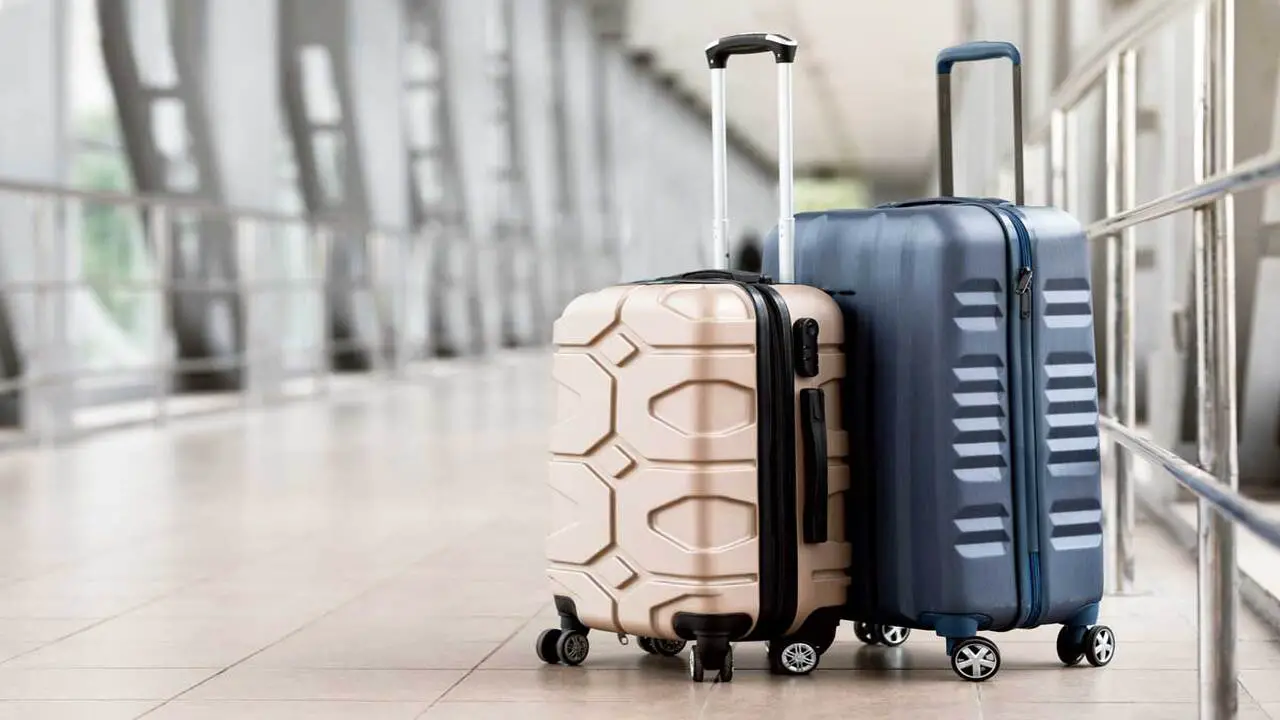
Regarding air travel, it’s important to understand the differences between hold and cabin luggage. These bags are typically larger and heavier than cabin luggage and can carry more items. They are stored in the aircraft’s cargo hold and are not accessible during the flight.
In contrast, cabin luggage is the smaller bag that passengers can bring into the aircraft’s cabin. These bags are typically smaller and lighter than hold luggage and are designed to fit in the overhead bins or under the seat in front of the passenger. Cabin luggage is usually limited in size and weight as it needs to fit in the available storage space.
Weight And Size Restrictions
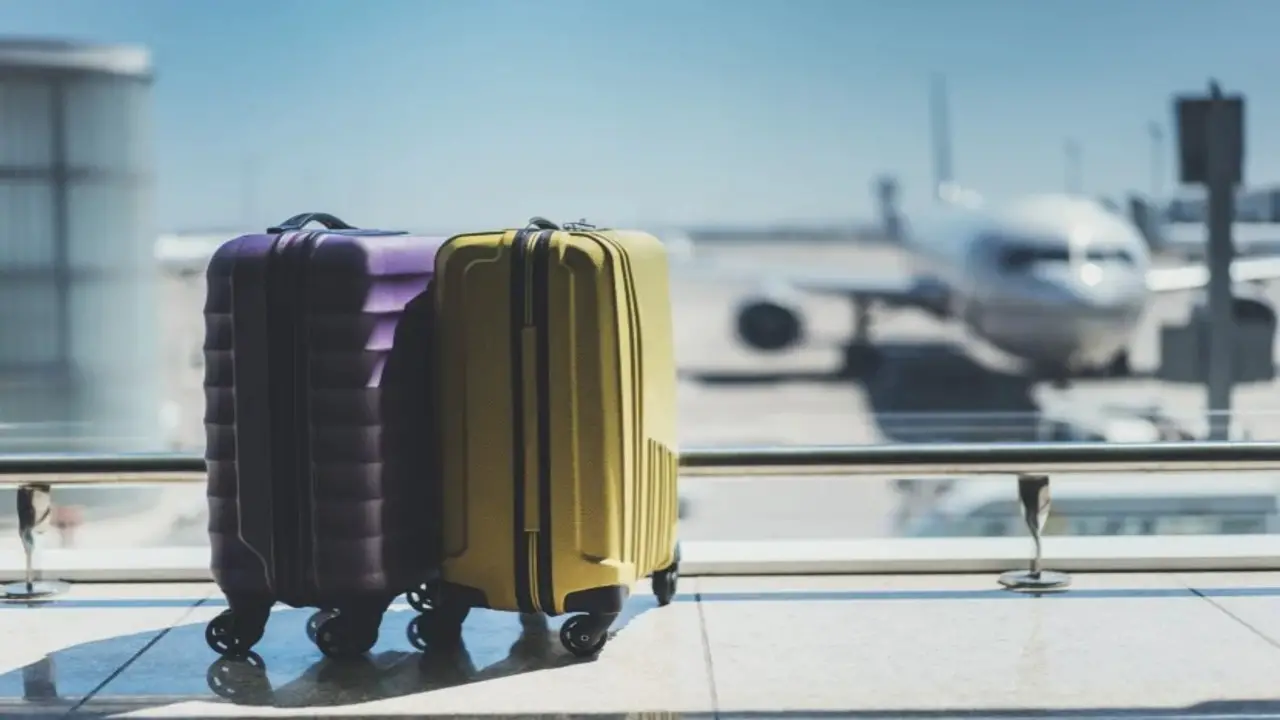
Regarding air travel, weight, and size restrictions are essential factors to consider before packing your bags. Airlines enforce strict guidelines on how much weight you can carry in your luggage, both as carry-on and as hold luggage. These bags have specific weight and size restrictions, which vary depending on your airline and ticket class. It is important to check your airline’s hold luggage restrictions before packing. Exceeding the weight limit can incur extra charges or even refuse your bags.
The weight limits for hold luggage vary widely depending on the airline and destination. For instance, some airlines allow up to 50 pounds per bag for economy class passengers while others limit 70 pounds for business class travelers. Additionally, the size of your hold luggage must also meet specific requirements. Oversized bags may not fit through the airport security scanners, and airlines may refuse
Security And Safety Concerns
Security and safety concerns have become increasingly important daily, especially when traveling. Handling held luggage is one aspect of travel that raises concerns for many people. Hold luggage refers to the bags and suitcases checked in at the airport before a flight. However, incidents of lost or stolen luggage and concerns over the screening process have made holding luggage a concern for many people. To address these concerns, airports have implemented various security measures to ensure the safety of passengers and their belongings.
These measures include X-ray screening, explosive detection systems, and manual inspections of suspicious bags. Additionally, airlines have implemented tracking systems that allow passengers to monitor the status of their luggage in real time.
Avoiding Additional Fees
When planning a trip, it’s important to consider the cost of holding luggage. Airlines often charge additional fees for checked bags, which can quickly add up and dent your budget. Packing light and only bringing what you truly need is a good idea to avoid these extra charges. Consider wearing your bulkiest clothing items on the plane, and opt for a carry-on bag if possible.
If you need to check a bag, weigh it beforehand to avoid overweight fees. Additionally, it’s important to familiarize yourself with the airline’s baggage policies and restrictions. Some may have specific size or weight limits. By researching and planning, you can avoid any surprises at the airport and keep your travel expenses to a minimum.
Essential Hold Luggage Packing Tips
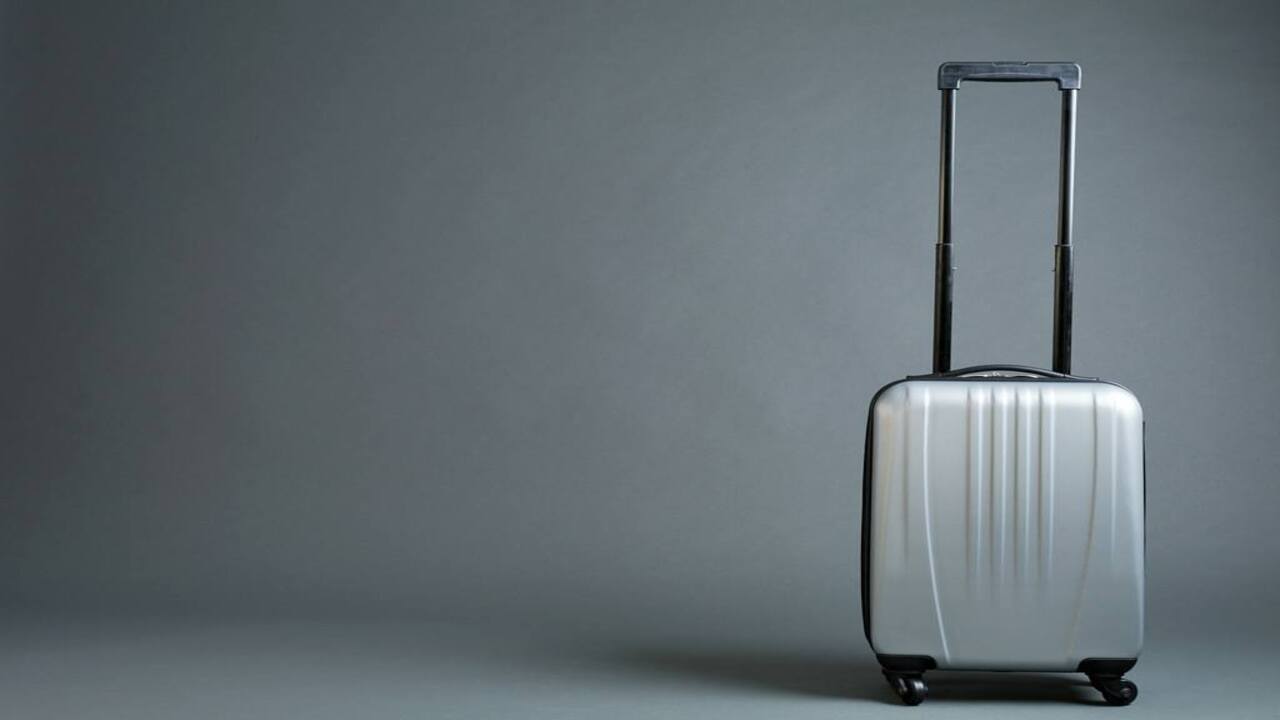
Regarding traveling, packing can be one of the most stressful parts of the process, especially when holding luggage. Hold luggage is the baggage checked in and stored in the airplane’s luggage compartment, as opposed to carry-on luggage kept with the passenger. To ensure a smooth travel experience, knowing what to pack in your hold luggage and how to pack it efficiently is important.
Here are some essential hold luggage packing tips to remember: First and foremost, pack only what you need. Too much can incur additional baggage fees and a heavier carry-on load. It’s also important to pack items allowed on the plane and not cause any issues at security checkpoints.
Making A Packing List
Making a packing list is an essential part of any travel preparation. It helps to ensure that you have everything you need for your trip. One of the things that you need to consider when making your packing list is hold luggage. Hold luggage refers to the larger bags you check in at the airport and do not carry onto the plane. Knowing the size and weight restrictions for holding luggage is essential to avoid any additional fees or problems at the airport.
Make sure you check with your airline before you start packing to avoid any surprises. When making your packing list, consider the duration of your trip and the weather conditions of your destination. It is also essential to think about the activities you plan to do and pack accordingly. Don’t forget to include essential items such as toiletries, medications, and travel documents.
Organizing Items In Compartments
Organizing items in compartments is a great way to ensure everything is in its place and easily accessible. It is particularly useful when you are traveling with hold luggage. Hold luggage refers to the luggage that is checked in and stored in the cargo hold of an airplane.
Packing your hold luggage efficiently is important to fit everything you need and keep it safe during transport. One of the best ways to do this is by organizing your items in compartments. This helps to keep your belongings organized and easy to find, which is especially helpful if you are traveling for an extended period of time. There are many different types of compartments that you can use to organize your luggage. For example, you might use packing cubes to keep your clothes and accessories separate from each other.
Utilizing Packing Cubes And Compression Bags
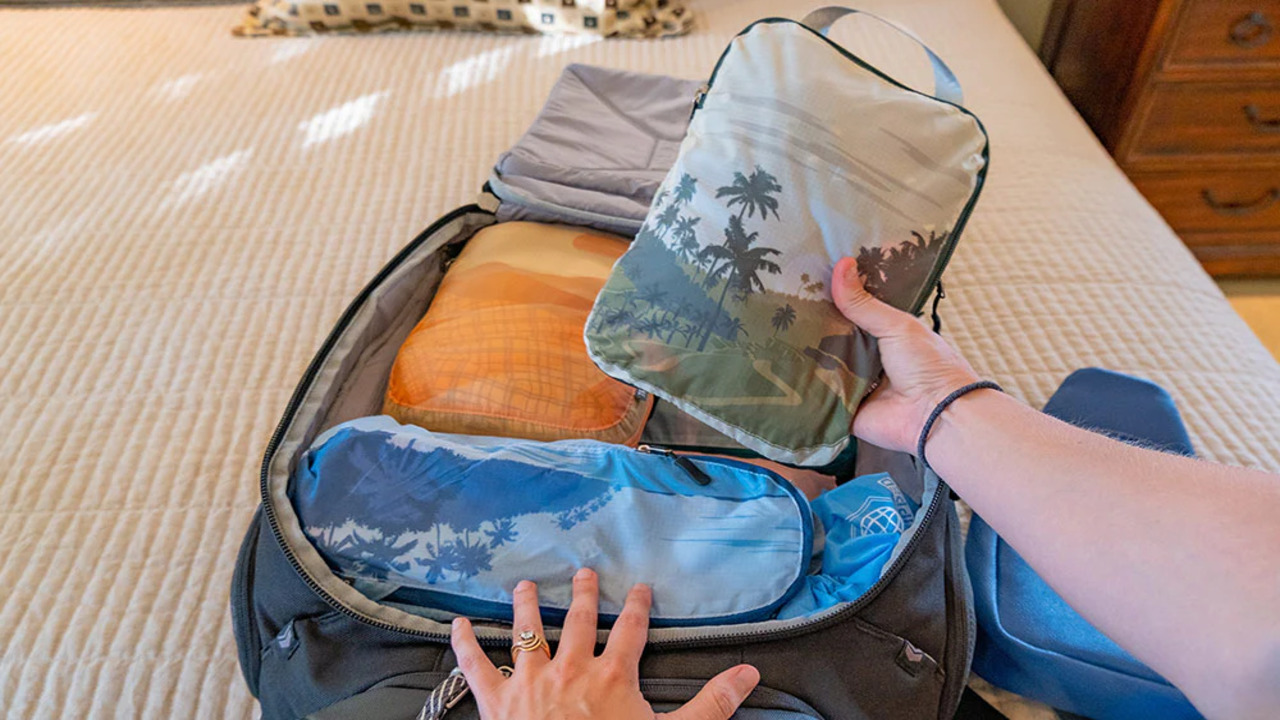
When it comes to traveling, one of the biggest challenges is packing efficiently. But with the help of packing cubes and compression bags, you can make the most of the space in your luggage. These handy tools allow you to organize your clothing and belongings into neat, compact packages that can be easily stacked and arranged in your suitcase.
Packing cubes are small, lightweight bags in different sizes and can separate your clothing by type, such as socks, underwear, and shirts. Compression bags, on the other hand, allow you to compress your clothing by removing excess air. This not only saves space but also helps to prevent wrinkles and creases. However, it is important to remember that there are some restrictions when it comes to luggage.
Rolling Vs. Folding Clothes
When packing for a trip, people use two main methods to pack their clothes: rolling and folding. Rolling clothes involves taking each piece of clothing and rolling it tightly into a compact cylinder shape. This method saves space and reduces wrinkles, making it a popular choice for travelers. On the other hand, folding clothes involves neatly folding each item and stacking them on top of each other in the suitcase.
This method can be more time-consuming than rolling, but some people prefer it because it lets them see all their clothes immediately when they open their suitcases. Regarding air travel, passengers typically have two types of luggage: carry-on and hold luggage. Carry-on luggage is the smaller bag that passengers are allowed to bring onto the plane with them.
Maximizing Space With Layering
Maximizing space with layering techniques effectively packs more items into your luggage without exceeding the weight limit. This method involves strategically placing your clothes and other items in layers to create a compact and organized packing arrangement. Rolling your clothing and packing cubes or compression bags can save valuable space and easily access your belongings during your travels.
However, it’s important to remember that there are limitations to how much you can carry in your luggage, especially when it comes to hold luggage. Hold luggage refers to the bags checked in at the airport and transported in the plane’s cargo hold. Airlines have strict weight and size restrictions for holding luggage, which vary depending on the airline and the type of ticket purchased.
Packing Toiletries And Liquids
When preparing for a trip, it’s important to prioritize packing your toiletries and liquids properly. This means being mindful of size restrictions and ensuring everything is packed securely to avoid spills or leaks. Regarding larger items such as shampoo or sunscreen, it’s important to consider whether they will be packed in your carry-on or hold luggage.
Hold luggage refers to the larger bags checked in at the airport and stored in the plane’s cargo hold. This can be a convenient option for packing larger items that may not fit your carry-on or for items that TSA regulations may restrict. However, it’s important to note that holding luggage may come with additional fees and weight restrictions, so be sure to check with your airline before packing.
Distributing Weight Properly
When traveling, it’s important to be mindful of how you pack your luggage. Distributing weight properly can make a significant difference in your overall travel experience. Not only does it make it easier for you to maneuver your luggage, but it also reduces the risk of injury. One common type of luggage is held luggage, which is typically checked in at the airport and transported in the cargo hold of the plane.
Hold luggage can be a great option for those needing to pack more or bulkier items, but it’s important to pack it correctly. Be sure to distribute the weight evenly throughout the suitcase, using packing cubes or compression bags to maximize space. It’s also important to avoid overpacking, as this can add unnecessary weight and make it difficult to handle your luggage.
Including Travel Documents And Necessities
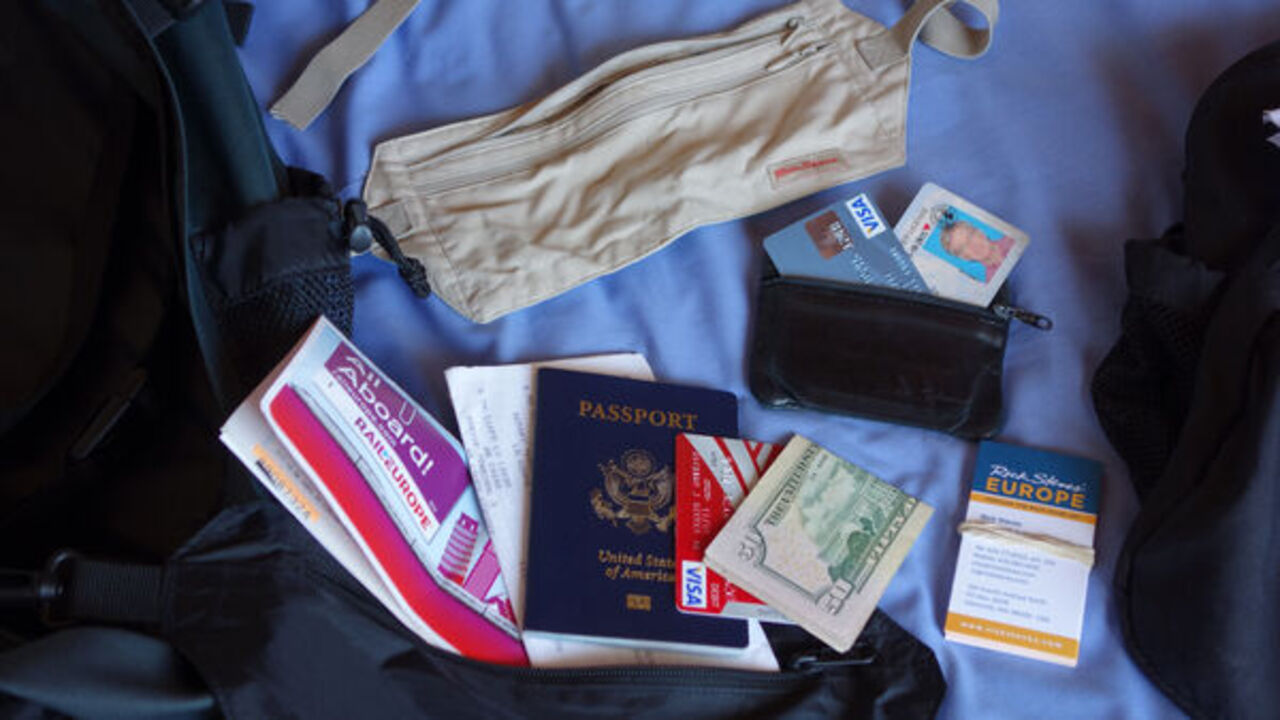
Ensuring that all necessary documents and travel necessities are in order is essential when preparing for a trip. This includes having a valid passport, visa (if required), and other necessary travel documents. One of the most important things to consider is what to pack in your hold luggage. Hold luggage refers to the baggage checked in at the airport and placed in the airplane’s cargo hold.
Packaging all essential items in your hold luggage, such as important medication, toiletries, and clothing, is crucial. It is also important to ensure that all liquids comply with the airline’s regulations and are packed in a clear plastic bag. When packing your hold luggage, you should separate your clothes and other items into different bags to make it easier to find things when you arrive at your destination.
Packing For Different Types Of Trips
When packing for different trips, you must consider the amount and type of luggage you’ll need. One term that frequently pops up in this context is hold luggage. Hold luggage refers to the bags or suitcases that passengers check in at the airport and are stored in the plane’s hold during the flight. This type of luggage is typically larger and heavier than carry-on bags, which passengers can bring into the cabin.
Knowing what type of luggage to use for different trips is essential. A small suitcase or duffel bag may be carry-on luggage for shorter trips or weekend getaways. However, for longer trips or those involving different climates, larger hold luggage may be necessary. It’s essential to check airline regulations regarding the size, weight, and number of bags allowed and any additional fees that may apply.
Short Weekend Getaway
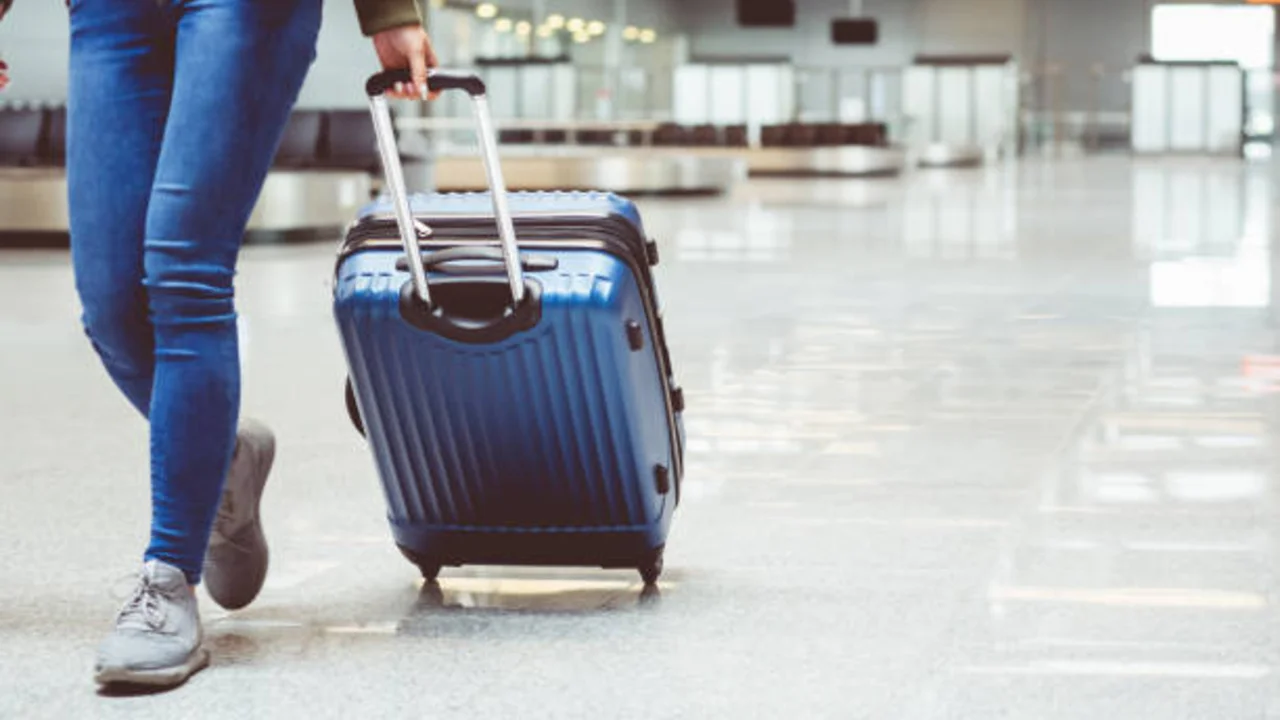
Looking for a quick escape from the hustle and bustle of everyday life? A short weekend getaway might be just what you need. Whether it’s a romantic retreat, a solo adventure, or a family fun trip, there are plenty of destinations to choose from. From exploring the vibrant city life of New York or Chicago to relaxing on the beaches of Florida or California, there is something for everyone.
But before you jet off, it’s important to understand what holds luggage. Hold luggage is the baggage you check in at the airport and stored in the plane’s cargo hold. This is different from hand luggage, the smaller bag you can carry onto the plane with you. It’s important to know the rules and restrictions for holding luggage, such as weight limits and prohibited items, to avoid any issues at the airport.
Conclusion:
Understanding and mastering hold luggage packing are essential skills for every traveler. Hold luggage, also known as checked baggage, plays a crucial role in your journeys, allowing us to carry larger and heavier items that may not fit in cabin luggage. Efficient packing is not only about fitting all your belongings within weight and size restrictions but also about ensuring the safety and security of your possessions.
Mastering hold luggage packing streamlines our travel experience and allows us to focus on the joy of exploration and discovery at our chosen destination. By implementing these packing strategies, you can confidently embark on your journeys, knowing that your belongings are well-organized, secure, and ready for your adventures. If you read the above outline properly, we hope you understand what is hold luggage.
FAQs
What Is Hold- Luggage?
Hold luggage, also known as checked baggage, refers to the suitcases or bags that passengers hand over to airlines to be stored in the aircraft’s cargo hold during their journey.
How Is Hold Luggage Different From Cabin Luggage?
Hold luggage differs from cabin luggage, which passengers can bring into the airplane’s cabin. Cabin luggage has size and weight restrictions due to limited overhead bin space, while hold luggage allows for larger and heavier items.
Why Is Efficient Packing Of Hold Luggage Important?
Efficient packing of hold luggage is important to stay within weight and size restrictions imposed by airlines, ensure the safety of belongings, and avoid additional fees for excess baggage.
Can I Pack Liquids In My Hold Luggage?
Yes, you can pack liquids in your hold luggage. However, ensure they are in leak-proof containers and comply with the airline’s guidelines for carrying liquids.
What Should I Do If My Hold Luggage Is Lost Or Damaged During The Journey?
If your hold luggage is lost or damaged during the journey, immediately report it to the airline’s baggage service counter or customer service. They will assist you in locating or compensating for your luggage.


